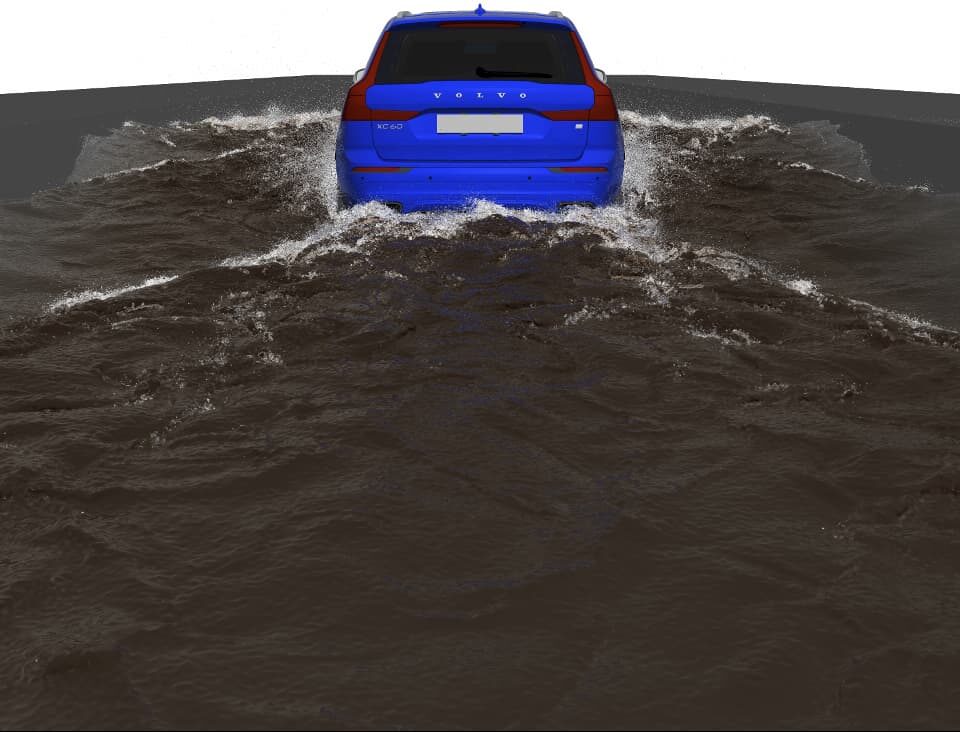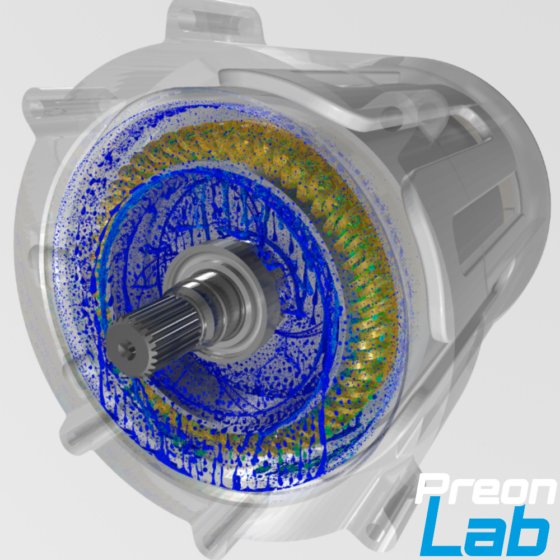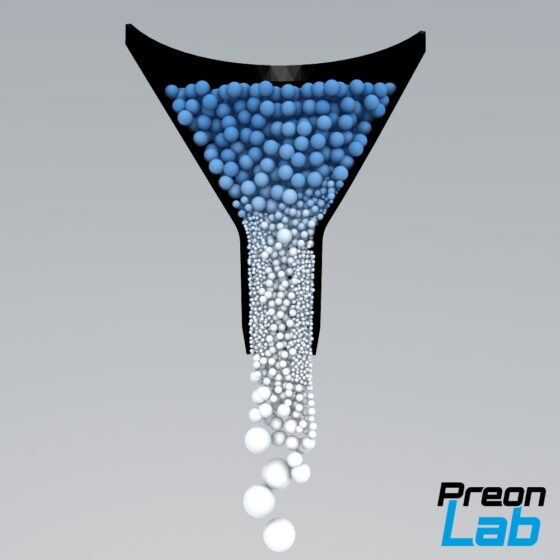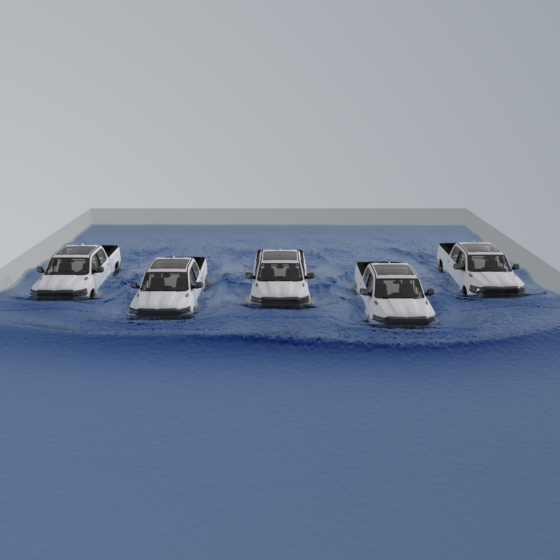Being fast-paced and innovative requires a time- and cost-efficient development process. Simulation tools like PreonLab assist designers and engineers gain insights and detect potential hazards in an early stage of development by testing on virtual prototypes.
One common cause of hazards is water which can hinder an engine’s combustion process by impeding airflow or endanger the batteries of an electric car when driving through deep water.
In his master thesis, Johan Idoffsson, from the Chalmers University of Technology, Goeteborg, analyzed different test procedures for such water wading. The research was performed in close cooperation with Torbjörn Virdung, Technical Expert, from Volvo Cars. In the study our unique Lagrangian Preon solver is compared to standard Eulerian methods, OpenFoam, StarCCM+, and most importantly, to the expensive physical tests.
Idoffsson was able to perform, analyze, and visualize the PreonLab simulations for this study completely by himself due to the user-friendly design of PreonLab. He quickly learned how to set-up complex simulations for different velocity profiles with rotating gears and made the car follow along the contour of the channel bed. Since PreonLab includes an efficient and easy-to-use physics-based ray tracer, he was also able to create a realistic visualization of the simulation himself. Each of the showcased simulations includes over 200 million particles with a simulation time of 36-54h on 2184 Cores. All simulations include a coupling of the forces exerted by the water to the underbody of the car, yielding very realistic simulations that are in good agreement with the physical test.



